Data Centers
| ENIAC … the First Data Center
It weighed 30 tons … was housed in a 1,500 Sq. Ft. room … contained over 18,000 vacuum tubes and 1,500 relays … performed 5,000 operations per second … and cost around $488,000. The U.S. Army and the University of Pennsylvania called it ENIAC. It is credited with occasionally dimming the lights of Philadelphia as well performing the calculations for the design of the hydrogen bomb! Seventy nine years ago, the world’s first electronic digital computer made its debut at the University of Pennsylvania. An Army press release at that time stated ENIAC was, “a new machine that is expected to revolutionize the mathematics of engineering and change many of our industrial design methods.” Thus began the computer age. During the 60’s and 70’s, major corporations, universities and governments employed powerful mainframe computers to process and store large amounts of data, discovering that the company required secure, centralized facilities to house these “behemoths”! The home of this main frame became the company’s “computer room” – the first “data centers” . During this period of time, the onsite data center became a very important portion of the company’s infrastructure. In the 90s, the rise of the Internet and personal computing transformed the industry as the general public, private and public concerns went “online”, increasing the need for additional processing and storage capabilities. The mainframe gave way to networking and the Internet providers began constructing large buildings – “data centers” – to house their services. This milestone was followed by “cloud computing” and thus the requirement for additional data centers for those companies as well. Today’s data centers drive search engines, e-commerce and even AI. According to a recent Forbes article, both cloud service providers (Amazon Web Services (AWS), Microsoft Azure, Google Cloud Platform (GCP), Oracle Cloud, IBM Cloud, etc.) and AI are making extraordinary and unprecedented demands on data centers. By 2027, chip maker Nvidia – whose graphics processing units power the vast majority of AI applications – would need more than half as much energy as today’s TOTAL consumption by data centers! Hence, the demand for the construction of more data centers. The rapid expansion of U.S. data center capacity to support the demand for artificial intelligence and cloud service providers will double the size of the industry by 2030 (measured in gigawatts). This will present challenges to the construction industry which is already seeking qualified workers in other expanding growth markets such as semiconductor manufacturing, renewable energy, infrastructure, automotive, battery and other markets. Lastly, servers and other electrical equipment within data centers create tremendous heat. Architects and engineers are constantly under pressure to develop better power, distribution and, especially, cooling systems. Dixie Mechanical understands that the design and development of these systems will require a quality-driven pipe fabricator to meet those design requirements.
|
To learn more about who Dixie is, visit our About page.
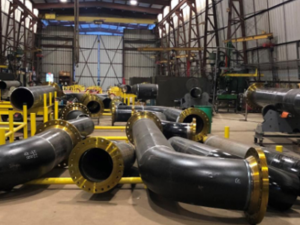
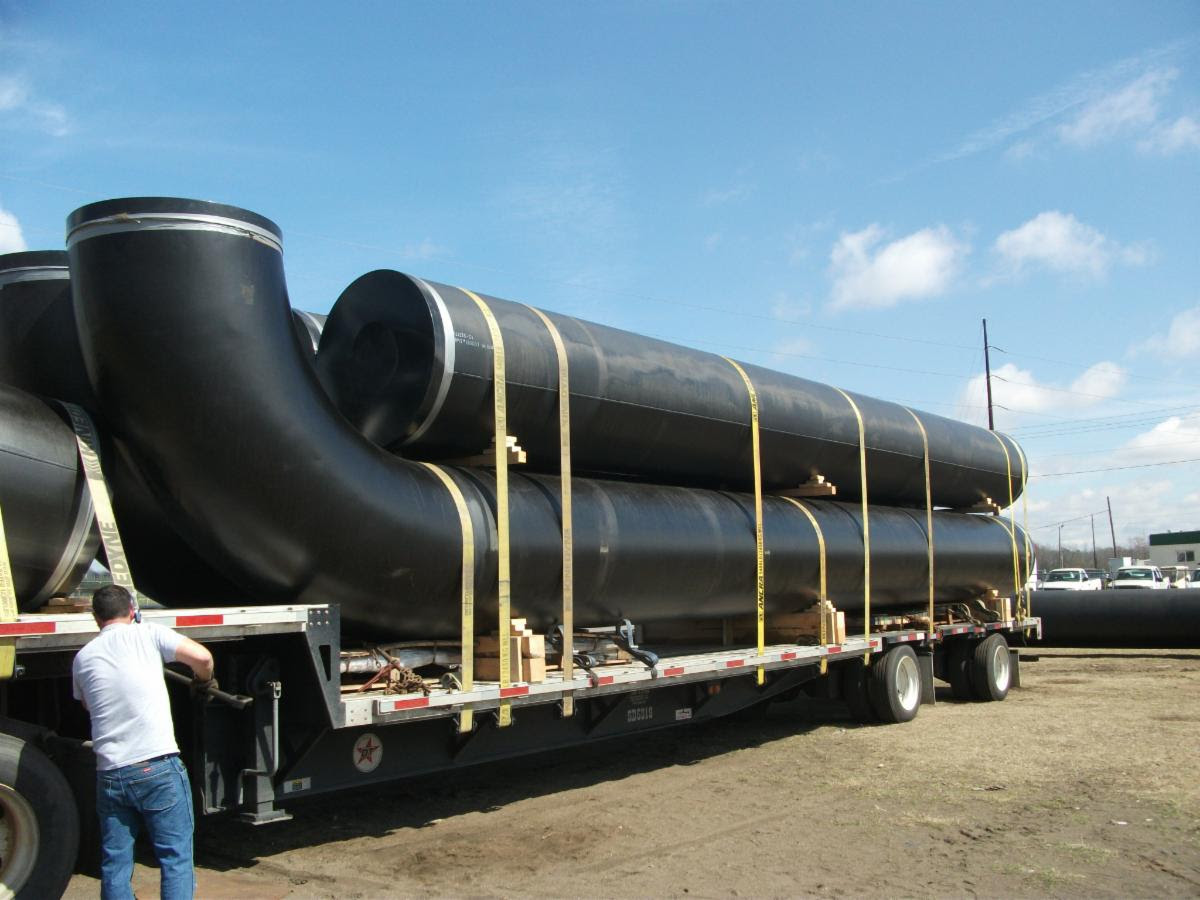
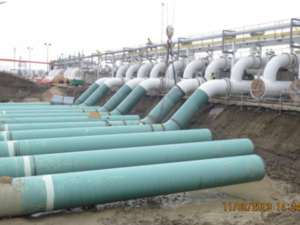
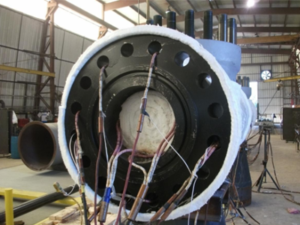
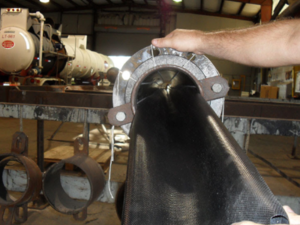


Stay Connected